While EV sales may be taking a hit as 2025 draws to a close, you wouldn’t know based on the nine finalists for North American Car, Truck and Utility Vehicle of the Year. Two-thirds of the models chosen by a panel of 50 U.S. and Canadian journalists are either hybrid or all-electric. Headlight.News has the list.
Once again, battery power has charged up the 50 jurors who’ve just announced the nine finalists for the North American Car, Truck and SUV of the Year awards.
The list for those chosen by “NACTOY” jurors include three models available in all-electric form, as well as three hybrids — with three others sold only with conventional internal combustion engines. All are vying for what are widely seen as the most prestigious awards in the auto industry.
The finalists were announced Thursday morning at the annual Los Angeles Auto Show, with the three winners to be named in January at the Detroit Auto Show…the gap giving the journalists who make up the NACTOY jury time to log a little more seat time before making up their minds. Here’s how the voting shook out.
North American Car of the Year finalists:
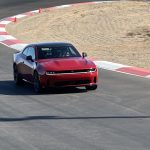 Dodge Charger. The first major makeover of the classic muscle car comes to market in two distinct forms. Dodge Charger Daytona is all-electric, the Scat Pack trim able to deliver up to 670 hp and 627 lb-ft of torque in PowerShot mode. Charger’s “multi-energy platform is also offered, sans the “Daytona” badge, with a Hurricane gas engine punching out 550 hp and 531 lb-ft.
Dodge Charger. The first major makeover of the classic muscle car comes to market in two distinct forms. Dodge Charger Daytona is all-electric, the Scat Pack trim able to deliver up to 670 hp and 627 lb-ft of torque in PowerShot mode. Charger’s “multi-energy platform is also offered, sans the “Daytona” badge, with a Hurricane gas engine punching out 550 hp and 531 lb-ft.
Honda Prelude. Back after a 25-year absence, an all-new version of the once-popular Honda Coupe went on sale earlier this month. The new Prelude doesn’t stray far from its roots as a grand touring sports coupe. But the 2026 Honda Prelude will be the first-ever version of that nameplate powered by a hybrid drivetrain borrowed from the Civic line.
Nissan Sentra. Since its launch in 1982, Sentra has been a reliable compact offering and Nissan’s second best-selling model line after the smaller Rogue. The ninth-generation Sentra underwent a major makeover giving it fresher, more up-market styling. It adds some welcome features, such as wireless Apple CarPlay and Android Auto and a 12.3-inch infotainment display.
North American Truck of the Year finalists:
Ford Maverick Lobo. No wolf in sheep’s clothing, Lobo doesn’t hide its aggressive nature. “Inspired” by the lowered performance trucks of decades past, it picks up on the functional features of more mainstream Maverick trims. While this version features a 2,0-liter EcoBoost engine, the compact pickup also is offered with a hybrid option.
Ram 1500 Hemi. Long the upstart looking to shake up a market segment dominated by Ford and GM, this full-sized pickup went through a major makeover but initially failed to connect with buyers who lamented the loss of the iconic Hemi engine8. In a surprise move, Ram responded over the summer by bringing back the engine and sales have been soaring ever since.
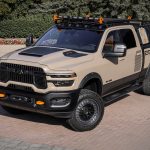 Ram 2500 Hemi. Once little more than a specialized niche, heavy-duty pickups have developed a major following, especially among those who do some serious towing. The big brother to the full-size Ram 1500 shows that brawn can also have a softer side. The 2025 makeover of the Ram 2500 may be rugged but it offers a surprisingly plush interior and lots of upscale features.
Ram 2500 Hemi. Once little more than a specialized niche, heavy-duty pickups have developed a major following, especially among those who do some serious towing. The big brother to the full-size Ram 1500 shows that brawn can also have a softer side. The 2025 makeover of the Ram 2500 may be rugged but it offers a surprisingly plush interior and lots of upscale features.
North American Utility Vehicle of the Year finalists:
Hyundai Palisade. Six years after it made an auspicious entry into the three-row SUV market, Hyundai is giving its flagship Palisade model a major makeover, and with a first-time hybrid drivetrain, the 2026 package delivers more room, more power – and up to 629 miles range per tank. It’s also adding a “more off-road-capable” XRT Pro package.
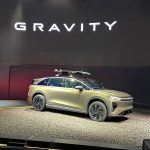 Lucid Gravity. Sir Isaac Newton be damned, Lucid is counting on gravity to give it a lift. More precisely, the Gravity SUV, the EV start-up’s second product line. Falling more in line with consumer demand, Gravity rides on an all-new SUV platform, enabling the electric utility vehicle to tow and operate, at least to a moderate degree, off-road.
Lucid Gravity. Sir Isaac Newton be damned, Lucid is counting on gravity to give it a lift. More precisely, the Gravity SUV, the EV start-up’s second product line. Falling more in line with consumer demand, Gravity rides on an all-new SUV platform, enabling the electric utility vehicle to tow and operate, at least to a moderate degree, off-road.
Nissan Leaf. Few vehicles have had as big an impact on the automotive market in recent decades, Leaf was the first mainstream battery-electric vehicle when it debuted in 2011, though it’s slipped into relative obscurity in an increasingly crowded EV segment. With a more modern design, better range and performance, the 2025 Nissan Leaf is gaining a new generation of fans.

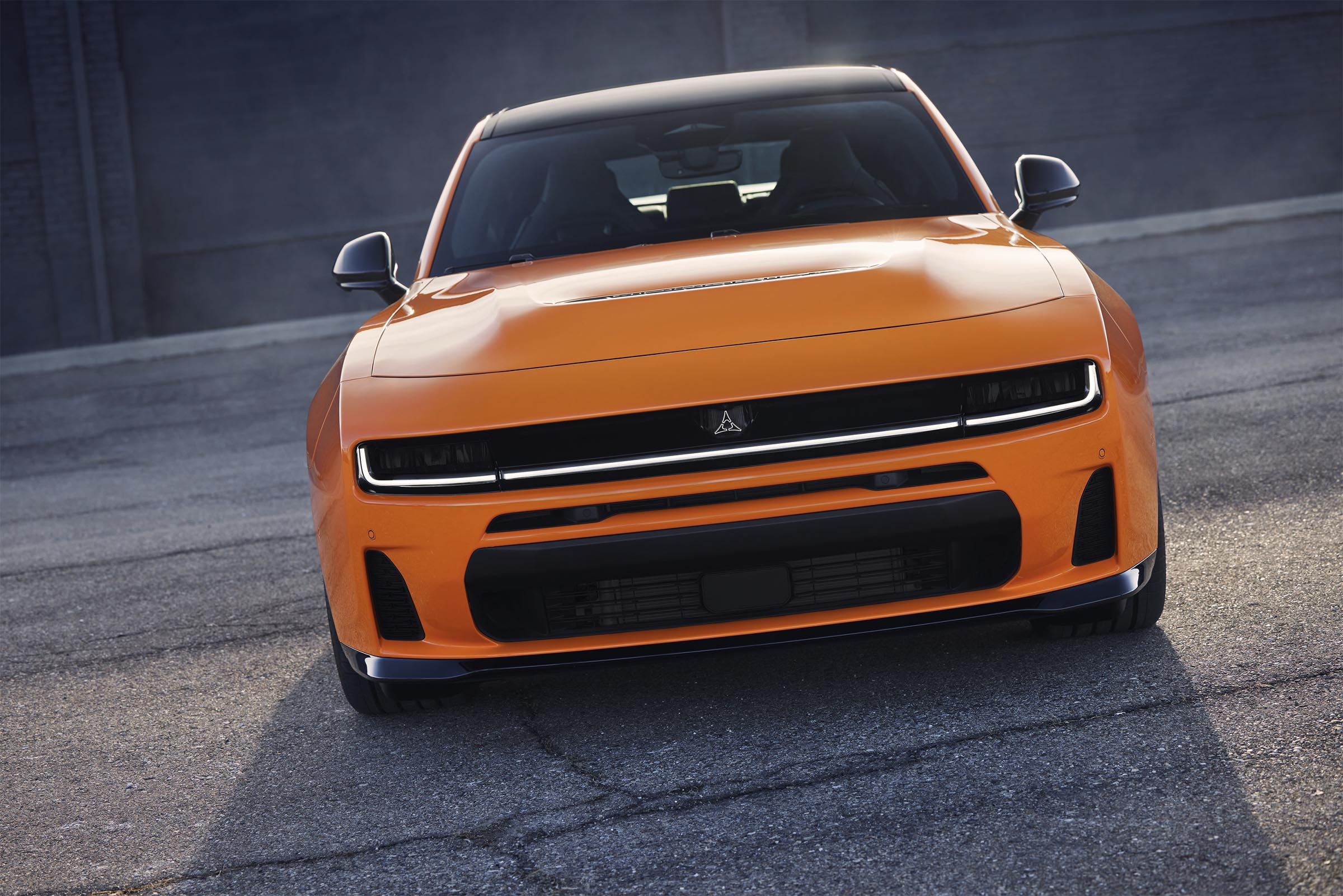
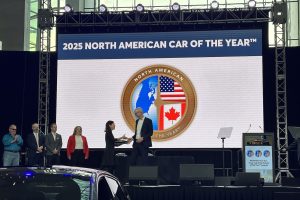
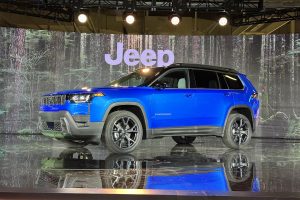
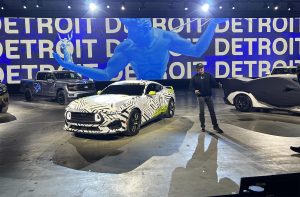

0 Comments